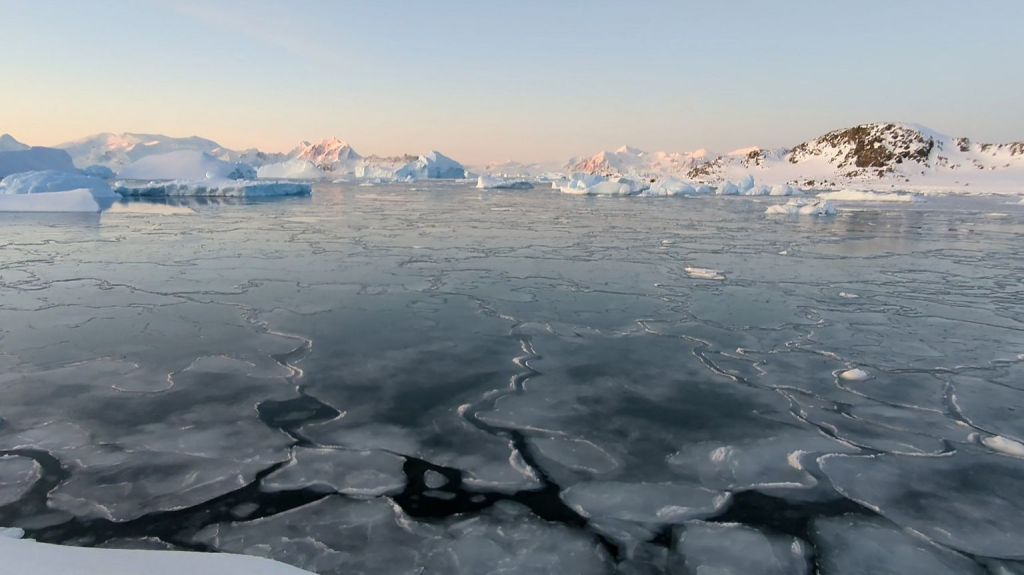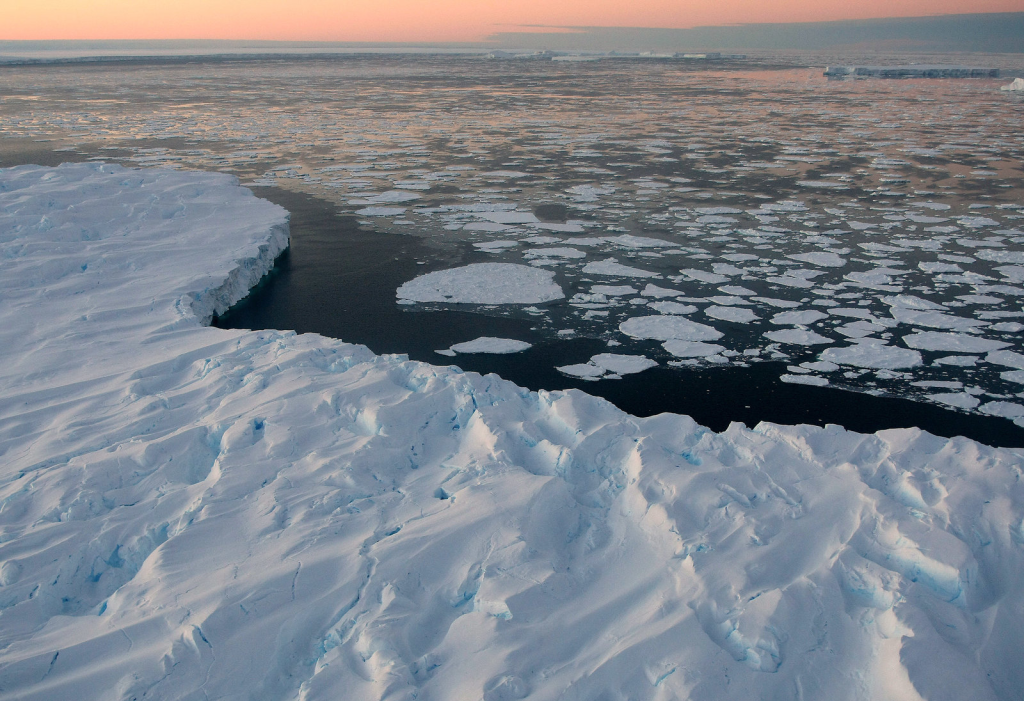Brand new satellite pictures, as highlighted by the National Snow and Ice Data Center through a BBC report, have revealed disturbing news pertaining to Antarctica’s sea ice situation. Evidently, the images depict that mid-September saw the South Pole’s sea ice extend falling to an all-time low during its chill season. Now this isn’t just a one-off incident; it is indeed the third occasion in merely seven years where Antarctic sea ice broke its own record! Undeniably distressing signs are being laid bare, suggesting we may be welcoming an unwanted ‘new normal’ at our planet’s southern extremity.
Walter Meier, a prime researcher at the National Snow and Ice Data Center, expressed rare amazement towards the deep seriousness of everything – his words? Unparalleled. Almost staggering to your mind if you truly think about it! And why would that be surprising? Antarctic sea ice is a big deal – severely! Its thawing doesn’t simply elevate ocean levels or erase habitats for those unique Antarctic inhabitants. Nah… It’s also essential in warding off our planet from the Sun’s rays as some sort of all-important solar protector!

So, as this shield gradually weakens due to the ice melting, it severely aggravates apparent troubles. In addition, we’re starting to really notice how brittle and prone-to-risk the Antarctic area is turning out to be; doing a thorough study of its icy expanse has become quite the uphill struggle for scientists. An escalating apprehension engraves our minds – what if chunks of ice break loose and wander off into the deep sea? Certainly, such an event would perturb research activities while potentially packing a punch of threat with it.
The ramifications of the melting in Antarctica are not future projections anymore. We’re living them now. Since the early 1990s, a considerable rise of about 7.2 millimeters in global sea levels has been ascribed to this icy continent’s defrosting sheets – credit where it’s due! This ostensibly insignificant increase is packing quite a punch on coastlines and island countries worldwide, pushing communities into heartbreaking reckonings around whether or not they should leave their homes.

This condition is quite concerning, as noted by Martin Siegert, a glaciologist at the University of Exeter. It might be an important and concerning symptom of Antarctic climate change that has been hidden for the past 40 years but is now becoming apparent. There has never been a more pressing need for coordinated, urgent action to slow down climate change and save our polar regions. Acting now is crucial because the future of Antarctica and our world are connected.


